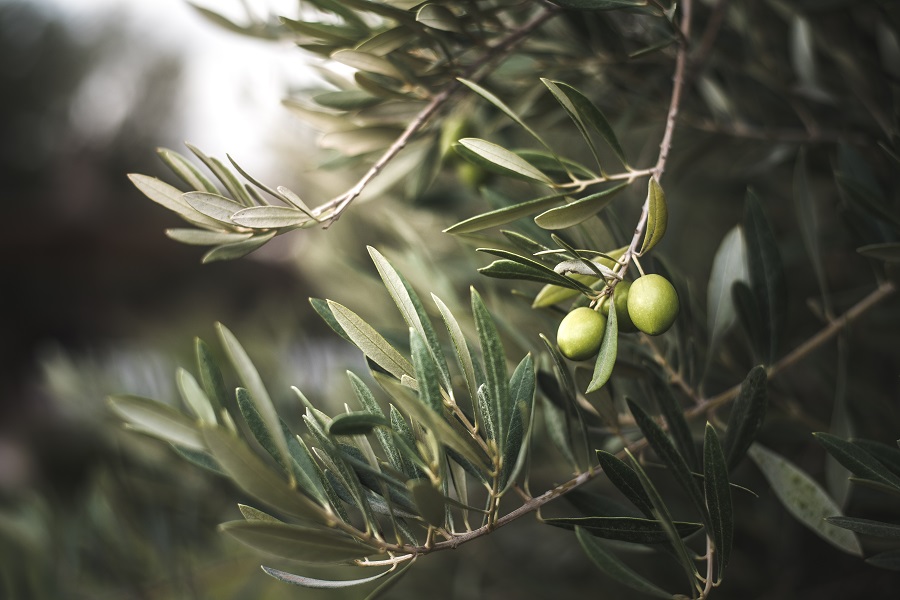Solabia Nutrition’s Bonolive benefits skin health in menopausal women
Key takeaways
- A recent Maastricht University study supports the beauty benefits of Bonolive (a Manzanilla olive leaf extract standardized for 40% oleuropein) for menopausal women.
- Bonolive supplementation decreased pentosidine (a key cellular aging marker) compared to placebo and helped maintain stable elastin levels during menopausal aging, although results were not statistically significant.
- Bonolive intake led to significant improvements in skin microstructure, including a reduction in pore number and improved skin surface texture.
A new peer-reviewed clinical study conducted at Maastricht University in the Netherlands supports the beauty benefits of Bonolive, Solabia Nutrition’s ingestible Manzanilla olive leaf extract for women’s health.
Bonolive is standardized for 40% oleuropein and backed by previous clinical studies in menopausal women for its beneficial effects on increasing bone-formation markers, reducing joint pain, and improving blood lipid profile.
In this beauty context, Solabia Nutrition’s internal R&D team collaborated with the Dutch researchers on the randomized, double-blind, placebo-controlled trial examining 12 weeks of daily supplementation with Bonolive.
The research team set out to determine if the ingredient influences circulating biomarkers of tissue aging and remodeling in menopausal women, while also exploring its effects on skin quality in an exploratory subgroup.
“Olive leaf extract is rich in polyphenolic compounds such as oleuropein and hydroxytyrosol, which have demonstrated potent antioxidant and anti-inflammatory properties,” details Solabia Nutrition.
“These bioactive compounds are known to counteract key mechanisms of tissue aging, including oxidative stress and protein glycation. The skin is particularly sensitive to oxidative stress and extracellular matrix remodeling, processes highly relevant during menopausal aging.”
Skin health benefits
In the study, a total of 65 healthy menopausal women (45–70 years) were randomized to consume either 250 mg Bonolive or placebo daily for 12 weeks.

In an exploratory subgroup of 26 participants, the researchers also assessed skin structure and quality using video dermoscopy at baseline, week six, and week 12.
For this dermoscopy subgroup, Bonolive supplementation was associated with measurable improvements in skin microstructure, including a “significant reduction” in pore number between weeks six and 12.
At week 12, the Bonolive group had “significantly fewer” pores compared to placebo. Surface skewness, an indicator of skin texture, improved significantly with Bonolive intake.
“These exploratory findings point toward a localized dermal effect of Bonolive on skin microstructure,” concludes Solabia Nutrition.
 Olive leaf extract is rich in polyphenolic compounds such as oleuropein and hydroxytyrosol, which have demonstrated potent antioxidant and anti-inflammatory properties.In recent activities, the US FDA issued an approval letter regarding the generally recognized as safe status of Solabia Nutrition’s two flagship ingredients, Watts’Up and Cordiart. The ingredients — derived from sweet orange (Citrus sinensis) grown in Europe — are designed for use in dietary supplements, functional foods, and beverages.
Olive leaf extract is rich in polyphenolic compounds such as oleuropein and hydroxytyrosol, which have demonstrated potent antioxidant and anti-inflammatory properties.In recent activities, the US FDA issued an approval letter regarding the generally recognized as safe status of Solabia Nutrition’s two flagship ingredients, Watts’Up and Cordiart. The ingredients — derived from sweet orange (Citrus sinensis) grown in Europe — are designed for use in dietary supplements, functional foods, and beverages.
Markers of cellular aging
The researchers evaluated systemic markers, including elastin, collagen, hydroxyproline, pentosidine (an advanced glycation end product), and fasting glucose.
Pentosidine is a key marker of cellular aging. It decreased in the Bonolive group versus placebo. However, after adjusting for multiple tests to account for the possibility of false positives, the result was not statistically significant.
Elastin levels remained stable with Bonolive, while they increased in the placebo group, indicating a protective effect of Bonolive on tissue integrity. Similarly, the results were not statistically significant after adjusting for multiple tests.
Although the study found no statistically significant effects on systemic markers associated with tissue aging and remodeling, the authors say the trends “suggest potential modulation” of pathways involved in preserving the extracellular matrix (the network that surrounds cells) and protein glycation.
The researchers note that the results “warrant further investigation” into systemic effects of Bonolive.















